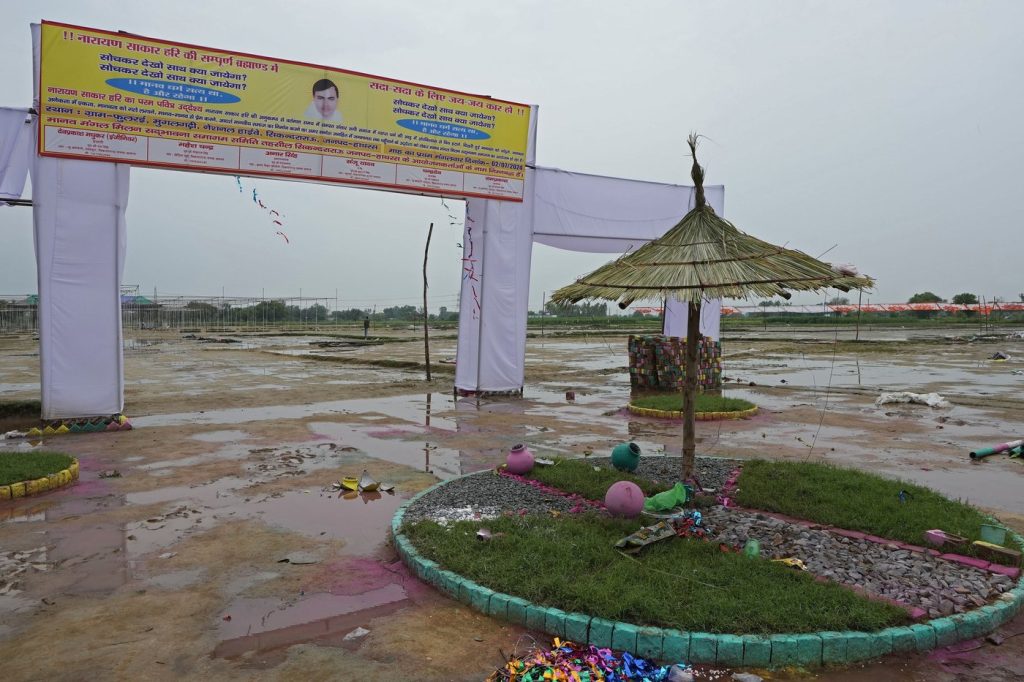PRAYAGRAJ, India (AP) A tragic incident occurred during the Maha Kumbh festival in India, where numerous people are feared dead and many more injured as tens of thousands of Hindus rushed to bathe in a sacred river. This holy day, celebrated on January 13, marks a significant moment in the six-week festival, which authorities expected would attract a record 100 million devotees. The event takes place at the confluence of the Ganges, Yamuna, and mythical Saraswati rivers, drawing millions to partake in the ritual bathing.
The Maha Kumbh festival is recognized as the largest religious gathering in the world, held every 12 years. This year, officials anticipate that over 400 million individuals will visit the pilgrimage site. The vast crowds and religious fervor often lead to dangerous situations, as seen in multiple stampede incidents reported in India over the past years.
One of the deadliest stampedes occurred in Uttar Pradesh in July 2024, where more than 100 people lost their lives during a Hindu religious gathering. Thousands had gathered under a makeshift tent for an event led by a prominent Hindu preacher when the stampede began. As attendees rushed to leave, the structure collapsed, resulting in tragedy.
Another significant incident transpired during the Navaratri festival in Madhya Pradesh on October 13, 2013, when a collapsing bridge led to a stampede that claimed the lives of 115 people, predominantly women and children. This catastrophe occurred as hundreds of thousands of pilgrims had arrived at a Hindu temple in the remote town of Ratangarh.
A grim event also unfolded in Jodhpur on September 30, 2008, where at least 168 people were killed in a stampede at a Hindu temple during Navaratri celebrations. Severe overcrowding ensued as over 12,000 devotees attempted to participate, leading to chaos and a fatal crush.
On August 3, 2008, another disaster struck at the Naina Devi Temple in Himachal Pradesh, where rumors of a landslide caused a panic among thousands of pilgrims. This crowd surge led to the deaths of 145 individuals, including many women and children, during a nine-day festival honoring the Hindu goddess Shakrti.
The pulse of tragedy continued with a stampede that occurred on January 25, 2005, during a religious procession to a hilltop temple in western India, near Wai village. This incident resulted in at least 258 fatalities and 200 injuries. The chaos began when several pilgrims stumbled inside the temple on a slippery surface, leading to a deadly crush as attendees attempted to escape the situation. The anger over these deaths prompted some to set fire to makeshift shops along the narrow pathway to the temple, exacerbating the crisis.
These incidents highlight the severe risks associated with large religious gatherings in India. Despite the deep cultural significance of festivals like Maha Kumbh and Navaratri, the overwhelming number of participants can create dangerously overcrowded conditions, often leading to tragic outcomes.










